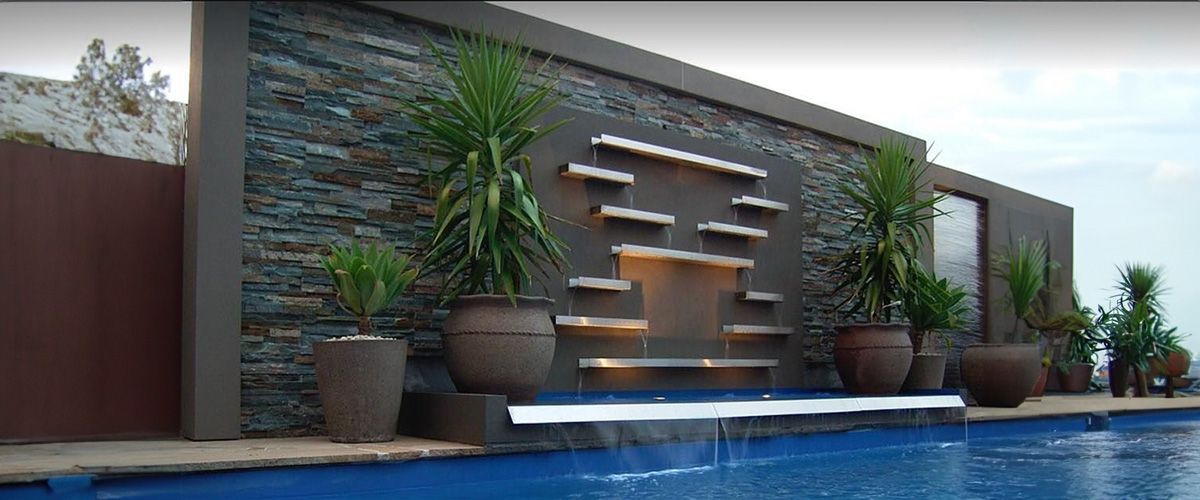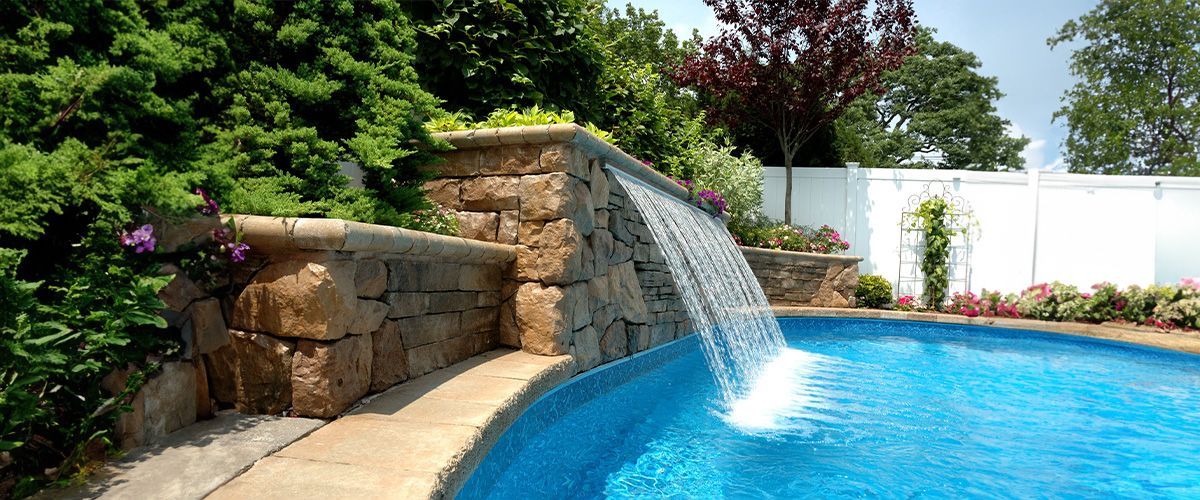How Do Landscapers Use Math?
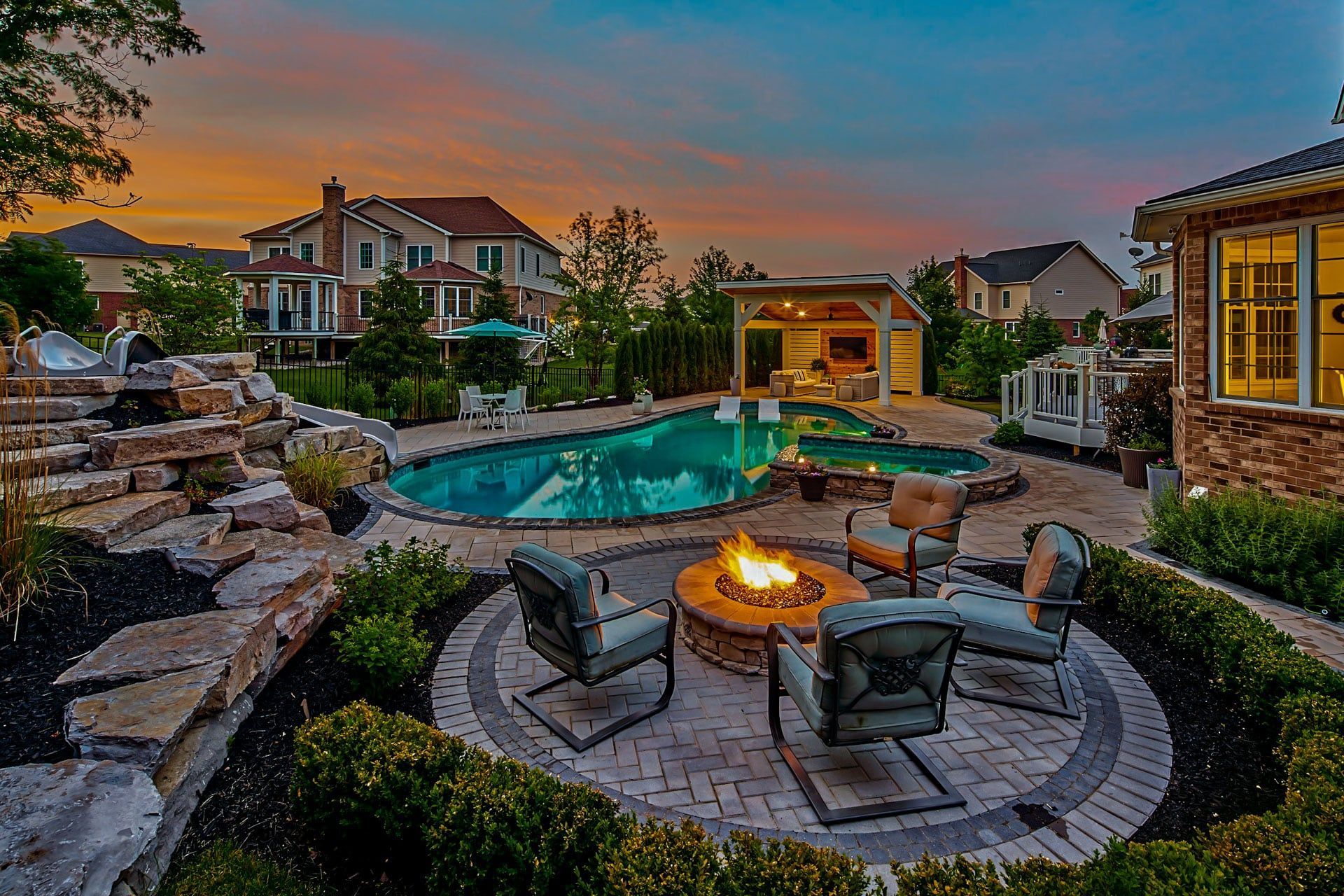
Slide title
Write your caption hereButton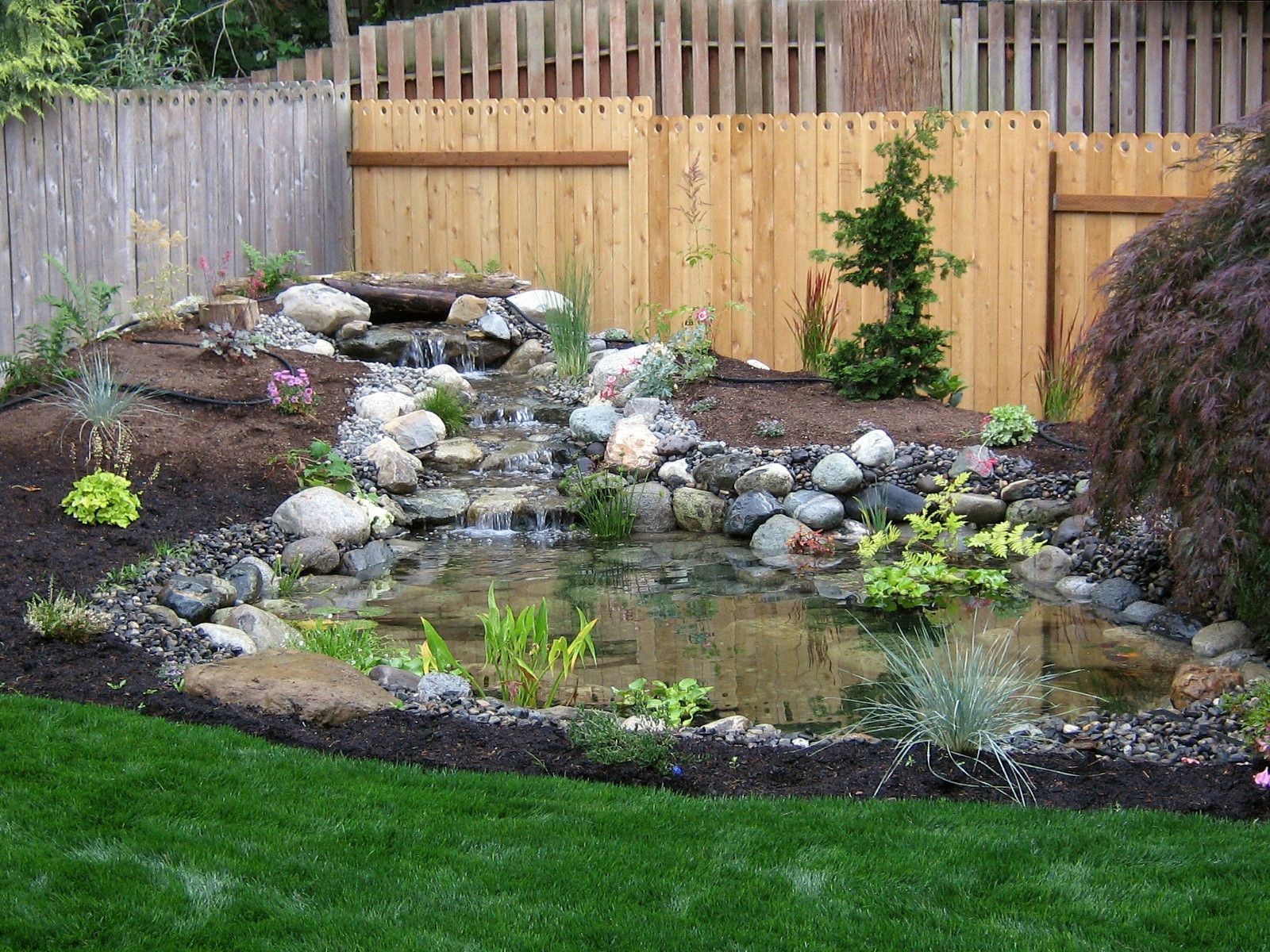
Slide title
Write your caption hereButton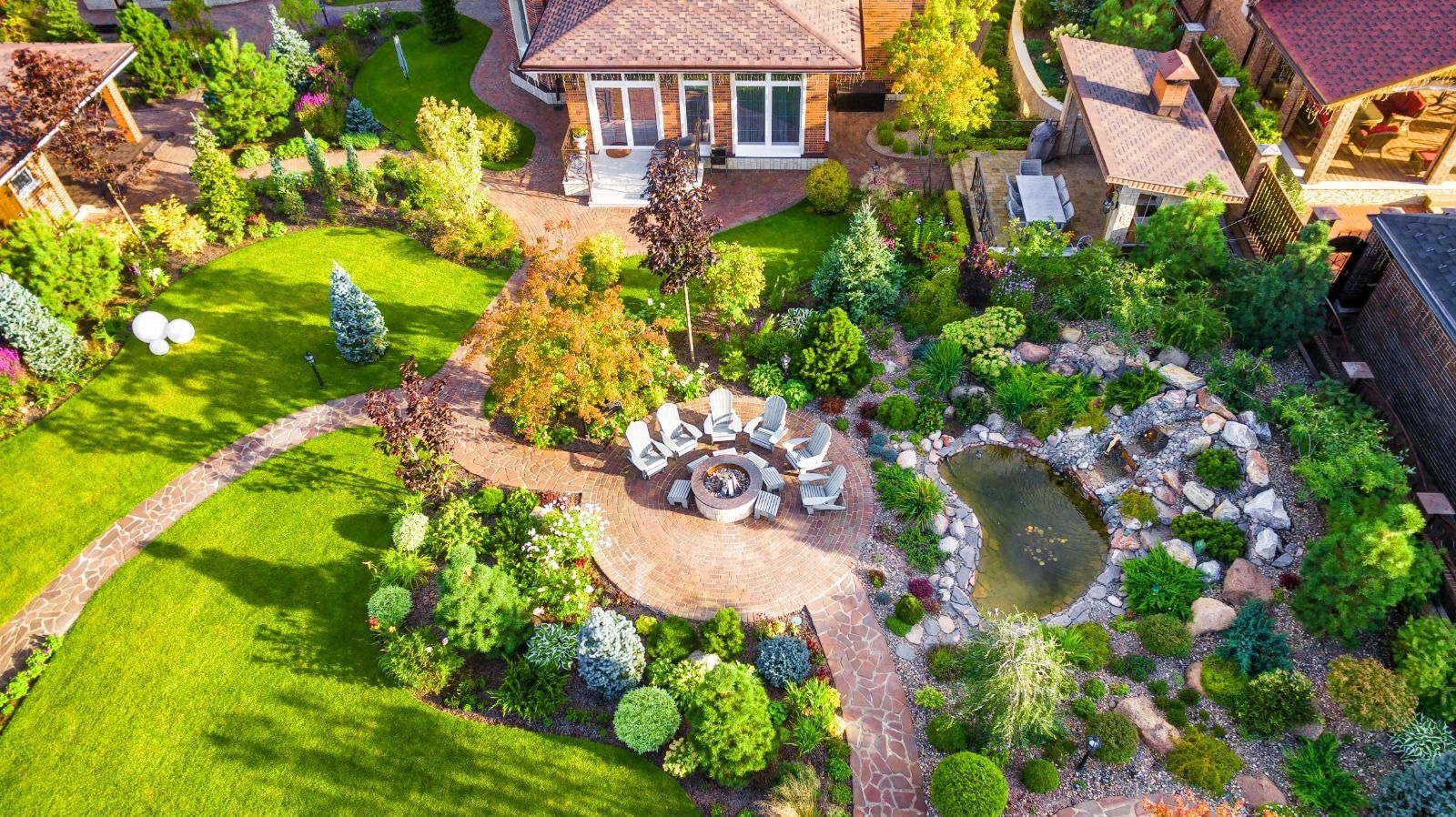
Slide title
Write your caption hereButton
(Podcast Episode) How Do Landscapers Use Math?
When you think of landscaping, what comes to mind? You envision a beautifully manicured lawn, colorful flower beds, or a cozy outdoor seating area. While these features may seem purely aesthetic, they result from careful planning and precise measurements - in other words, math. Yes, math! Landscapers use math daily to create functional, visually appealing outdoor spaces that meet their clients' needs.
From determining the appropriate depth and thickness of a retaining wall to calculating the square footage of a patio, math plays an integral role in landscaping. So let's explore how landscapers use math to transform ordinary outdoor spaces into stunning, dimensional masterpieces.
Measurement and Calculations
Measurement and calculations are one of math's most basic and essential uses in landscaping. Landscapers need to understand the size and dimensions of the space they are working with to ensure they use the perfect materials and create a balanced design. To do this, they use various mathematical formulas and calculations, including:
- Finding the square footage of an area: To determine the amount of material needed for a project, such as sod or mulch, landscapers must know the process of finding the square footage of the place they are working on. They do this by multiplying the length and width of the space in feet.
- Determining the area of a circle: For circular features such as fountains or fire pits, landscapers need to know the size of the circle. They do this by multiplying the circle's radius by itself and then multiplying the result by pi (3.14).
- Finding cubic footage: When calculating the amount of material needed for a project, such as soil or gravel, landscapers need to determine the cubic footage of the space they are working on. They do this by multiplying the space's length, width, and depth in feet.
- Determining the number of plants for a perennial bed: To create a perennial bed, landscapers must specify the number of plants they need. They do this by dividing the square footage of the bed by the recommended spacing for the particular plant species.
Level and Depth
Landscapers must also use math to ensure that features are level and at the appropriate depth. Some examples include:
- Measuring the levelness of a surface: When creating a patio or deck, landscapers need to ensure that the surface is level. They use a level tool to determine if the surface is even.
- Determining the depth of a feature: To ensure that features such as retaining walls or garden beds are structurally sound, landscapers must determine the appropriate depth. They use math to calculate the weight and pressure exerted on the feature.
Material Application
Landscapers use math to determine the number of materials needed for a project, including:
- Calculating the volume of material needed: When ordering materials such as soil or mulch, landscapers need to know the volume required. They do this by determining the cubic footage of the space they are working on and multiplying that by the desired depth of the material.
- Determining the amount of material applied: Landscapers use math to ensure they apply the appropriate amount of material, such as fertilizer or pesticide. They do this by calculating the square footage of the area to treat and then determining the proper amount of material to apply per square foot.
Dimensional Spaces
Landscapers use math to create three-dimensional spaces, such as retaining walls or raised garden beds. Some examples include:
- Measuring the depth and thickness of a feature: When creating a retaining wall or raised garden bed, landscapers need to determine the appropriate depth and consistency. They do this by calculating the weight and pressure exerted on the feature.
- Calculating the volume of material needed: To create a three-dimensional feature such as a retaining wall or raised garden bed deck, landscapers must determine the required volume. They calculate the cubic footage of the space they want to fill and order the appropriate material.
- Determining the number of blocks or stones needed: Landscapers use math to determine the number of blocks or stones needed to build a retaining wall. They do this by calculating the area of the wall in square footage and then dividing that number by the size of each block or stone.
- Calculating the width and height of a raised garden bed: Landscapers use math to calculate the appropriate width and height of a raised garden bed. They do this by considering the plants that will be grown in the bed deck and the amount of soil needed to support them.
Money and Budgeting
Landscapers also use math to create accurate project budgets and ensure that they are making a profit. Some examples include:
- Calculating the cost of materials: To create an accurate project budget, landscapers must determine the cost. They choose the material needed and multiply that by the price per unit.
- Determining labor costs: To estimate how long a project will take to finish, landscapers employ math and then calculate the labor costs based on an hourly rate.
- Ensuring profitability: Landscapers use math to ensure that they are making a profit on a project. They do this by calculating the project's total cost and then adding a markup to ensure that they are making a profit.
- They also use math to determine the right amount of fertilizer, herbicides, and other chemicals needed to treat a lawn or garden, saving money by avoiding wasteful over-application.
Design and Proportion
Math also plays a role in creating balanced and proportionate landscape designs. Some examples include:
- Creating a focal point: Landscapers use math to create a focal point in a design. For centuries, they have used the golden ratio, a mathematical concept in art and design.
- Ensuring balance: Landscapers use math to ensure that a design is balanced. They do this by using the principle of symmetry, which involves creating a mirrored image on either side of a central point.
- Proportionate sizing: When selecting plants and features for a landscape design, landscapers use math to ensure they are appropriately sized. They do this by using the principle of scale, which involves selecting plants and features proportionate to the space's size.
FAQs:
Do all landscapers need to be skilled in math to create beautiful outdoor spaces?
While having a solid understanding of math help, not all landscapers need to be math experts. Many landscapers work in teams and can rely on other team members who have more vital math skills to handle calculations and measurements. Additionally, various tools and software are available to help landscapers make accurate measurements and calculations.
Can homeowners use math to improve their landscaping efforts?
Absolutely! Homeowners can use math to help plan and execute their landscaping projects. Basic math skills such as calculating area and determining the appropriate amount of material needed can be handy in creating beautiful outdoor spaces. Additionally, various online resources and apps are available to help homeowners make accurate measurements and calculations.
Final thoughts:
Landscaping is much more than just planting pretty flowers and mowing the lawn. It's an art that requires a keen eye for design and a deep understanding of math. Landscapers use math to create beautiful, functional spaces tailored to their client's needs.
From determining a feature's appropriate depth and thickness to calculating the amount of material needed to cover a given area, math is an essential tool for landscapers.
The next time you appreciate a beautiful garden or outdoor space, it's worth remembering that creating such landscapes involves creative mathematical skills in addition to having a green thumb.
You might also like
Blogs
Book a Service Today
We will get back to you as soon as possible
Please try again later
You will not find a landscape design and construction company that is more passionate,
focused and dedicated to exceeding your highest expectations!
See what our customers are saying!
All Rights Reserved | Luck Landscaping LLC

